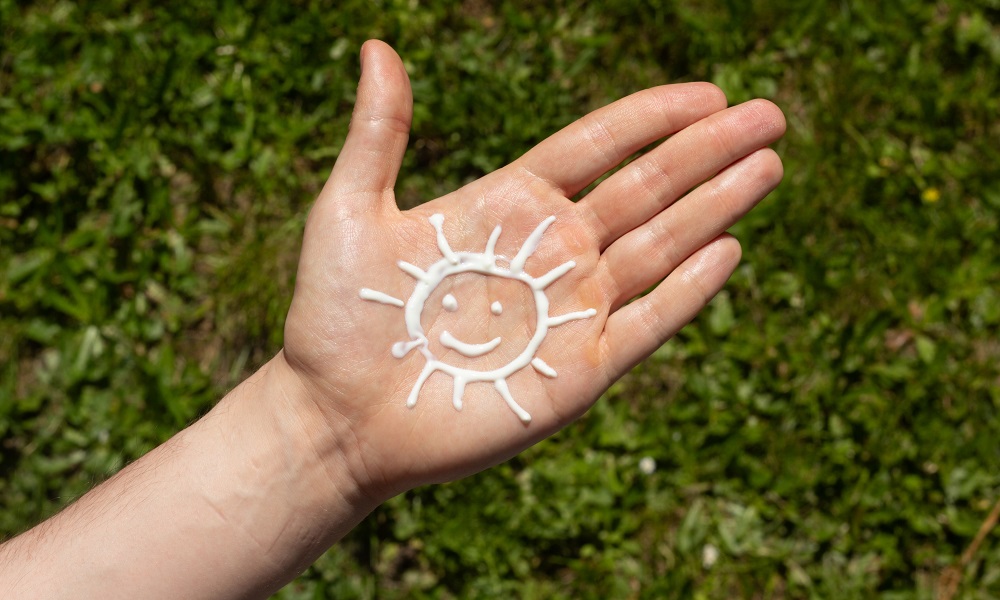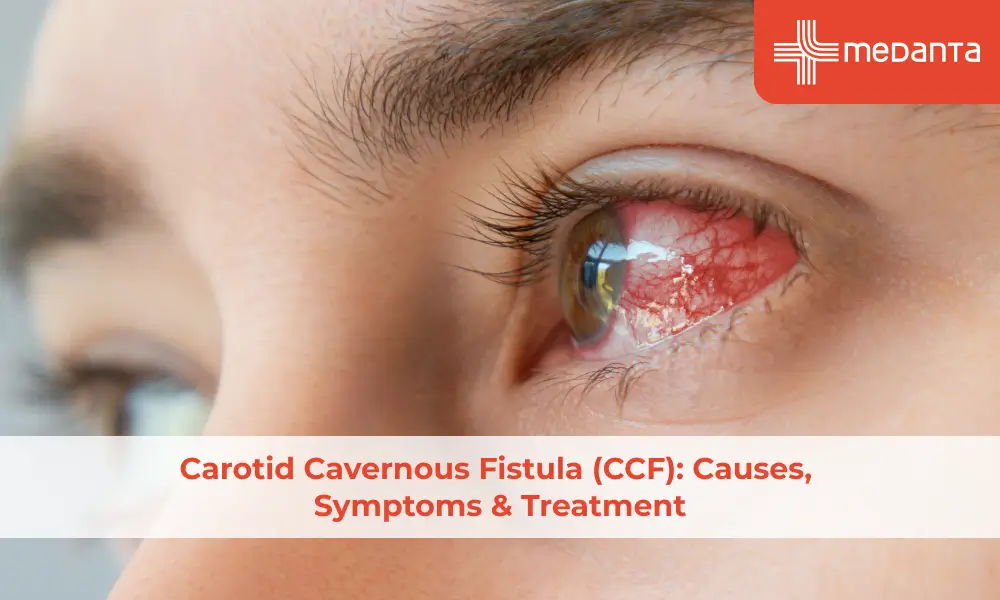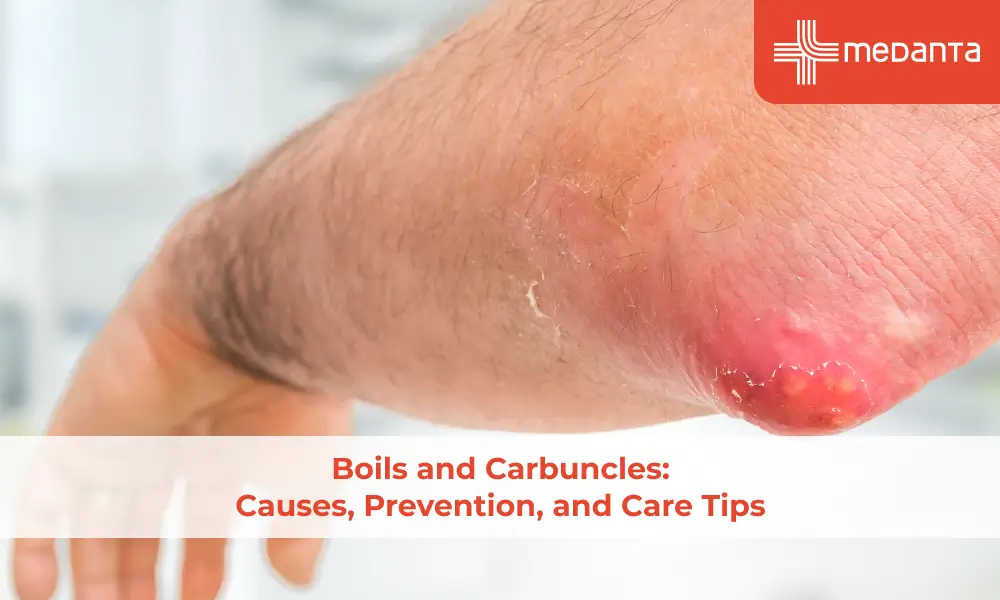4 Simple Ways to Protect Your Skin From the Sun

Most of us are already aware that it is crucial to use sunscreen during the summer months to prevent sunburn and skin damage. However, many still don’t know that sun protection should be a daily practice, not just for sunny days, to keep yourself healthy. Regardless of the tone of your skin, always use sunscreen because the sun's UV rays are strong, and even 15 minutes outside can result in damage and possibly even long-term skin cancer.
Every adult and even children need to use sun protection methods, according to research, and this is due to the fact that you are more exposed than you may realize to the sun's damageing rays. You may simply add a broad-spectrum sunscreen with an SPF of 50 or higher to your normal skincare routine, and the sunscreen should be reapplied every two hours while spending time outside.
Why Do You Need to Protect Yourself from the Sun?

The sun emits ultraviolet (UV) light, and UV rays have shorter wavelengths than visible light, and that’s why it is invisible to the human eye. The risk of skin cancer and other types of skin damage is significantly increased when exposed to excessive UV radiation.
UV radiation is not only invisible to the human eye; we can’t even feel it because UV rays differ from infrared rays, which are experienced as heat. UV radiation levels peak when the sun is directly above us in the middle of the day. It is not possible to predict when sun protection is necessary based on clear skies or high temperatures since UV radiation can be high even on chilly, gloomy days. This implies that even on overcast days, UV ray damage can happen and affect your health.
Depending on the wavelength, UV radiation may be classified into three categories - UVA, UVB, and UVC. UVA rays can cause your skin to burn, tan, or wrinkle, and excessive exposure causes skin cancer. UVB rays can harm your skin's outermost layers, and skin cancer may result via sunburns, blistering, tanning, and spots. [6] The UV light you encounter on Earth is either UVA or UVB, not UVC, as UVC gets absorbed by the atmosphere, so sun protection is for UVA and UVB rays.
What Can UV Rays Do to Your Skin?
UV rays from the sun deteriorate the elastin fibres in your skin over time, and your skin starts to droop, stretch, and lose its ability to return to its original health as these fibres break down. Not only does your skin take longer to recover, but it also rips and bruises more readily, and usually, this sun damage to your skin often manifests later in life. If you start using sun protection methods early in life, chances are you will avoid most of these harmful effects.
Sun exposure can cause:
Malignant skin lesions (actinic keratosis)
Discolouration of the skin
Telangiectasias
Elastosis
Eye injury, such as macular degeneration or cataracts, is also caused by UV rays, and that’s why sun protection for your eyes is also necessary.
Photoageing
The accelerated ageing of your skin as a result of continuous exposure to UVA and UVB radiation is known as photoageing, and artificial UV light sources (such as sunlamps or tanning beds) can also cause photodamage. Sun damage, solar damage, dermatoheliosis, and photodamage are other names for photoageing, and severe DNA damage caused by UV radiation to your skin cells is irreversible.
If you use sun protection and your skin is only mildly damaged, treatments can enhance the appearance, tone, and quality of your skin by removing spots and other skin discolourations. Other photoageing effects, such as wrinkles and fine lines, can also be treated by stimulating the generation of new skin cells and collagen.
Cancer
Extreme UV radiation exposure leads to skin cancer because it alters the DNA found in your skin cells. Your cell DNA determines how it should develop and operate inside your body, and the DNA that is exposed to radiation fails in its functions. Your cells divide and reproduce excessively as a result of skin cancer, and the cells then group together to become tumours.
Cancer cells proliferate and expand quickly and haphazardly, in contrast to healthy cells, which divide and grow in an orderly manner. Tumours resulting from this aberrant development can be classified as malignant (cancerous) or benign (noncancerous). Skin cancer due to UV rays can be of three primary types - Basal cell carcinoma, Squamous cell carcinoma, and Melanoma.
Melanoma develops later in life from severe UV ray exposure for years, and Basal cell and squamous cell skin cancer is caused by cumulative sun exposure. Sun protection is absolutely necessary to prevent all three types of skin cancer.
How Can You Protect Your Skin From the Sun?
Follow these tips to protect your skiing against the sun’s harmful UV rays:
1. Use Sunscreen
Before you go outside, use a broad-spectrum sunscreen with an SPF of 50 or higher that blocks both UVA and UVB radiation for best sun protection. Remember to apply a generous coating to any exposed skin, and for difficult-to-reach areas like your back, get assistance.
Babies under the age of six months should not be given sunscreen, but if a baby must be in the sun during the daytime, specialists advise keeping them out of the direct sunlight and dressing them in protective clothes.
SPF is a value that indicates how efficiently a sunscreen blocks UV radiation, and more protection is indicated by higher numbers. A broad-spectrum sunscreen with an SPF of at least 30 is what you should use for daily protection.
Sunscreen loses its effectiveness after a couple of hours, so if you spend more than two hours in the sun, apply it again all over your exposed skin.
2. Stay Under a Shade
Reducing your risk of sunburn and skin cancer can be achieved by finding shade under a tree or using an umbrella outdoors. However, even in the shade, your best chance for sun protection is to wear sunscreen at all times.
3. Wear Protective Clothes
To protect yourself from UV radiation, try to wear long sleeves, long pants, and long skirts, and if you are on a beach, try cover-up clothing when you are not swimming. Clothing constructed of densely woven fabric and darker clothes can provide better UV protection than lighter ones.
Apart from wearing protective clothes, you should also wear a hat with a broad brim to shield your face, ears, and nape of your neck for optimal protection. As we have mentioned, the finest material to shield your skin from UV radiation is a tightly woven fabric, so steer clear of straw hats with gaps that allow sunlight to enter.
4. Wear a Pair of Sunglasses
Sunglasses shield your eyes from UV radiation and offer sun protection that lowers your chance of developing cataracts later in life. Additionally, they shield the delicate skin surrounding your eyes from the sun, and the greatest protection comes from sunglasses that block UVA and UVB radiation. Choose sunglasses with side covers since they prevent UV rays from entering from the sides.
Final Remarks
The Sun emits UV rays that are harmful to our health if we are exposed to it for long periods. The majority of skin issues, including skin cancer, are brought on by excessive ultraviolet (UV) light exposure, but proper sun protection can offer safeguards against it. It's crucial to protect yourself from UV radiation all year round, not just in the summer, because UV radiation is present even on cloudy days. If you see any spots, dark pigmentation, or tumours on your skin, consult an expert dermatologist immediately to make sure it is not a symptom of skin cancer.
FAQs
1. Is sunscreen necessary for darker skin tones?
Yes, people with darker skin tones can still suffer from sun damage, hyperpigmentation, and skin cancer, so sunscreen is essential for all skin types.
2. How often should I reapply sunscreen?
You should reapply sunscreen every two hours or more frequently if you're swimming, sweating, or towelling off.
3. Does SPF in makeup provide enough sun protection?
Makeup with SPF can offer some protection, but it’s often not enough. Apply a broad-spectrum sunscreen as a base for full coverage.
4. Are UV rays harmful indoors?
Yes, UVA rays can penetrate glass windows and damage your skin indoors. Consider wearing sunscreen if you spend a lot of time near windows.
5. How much sunscreen should I use?
Use about a nickel-sized amount for your face and two tablespoons for your body to ensure adequate coverage.






